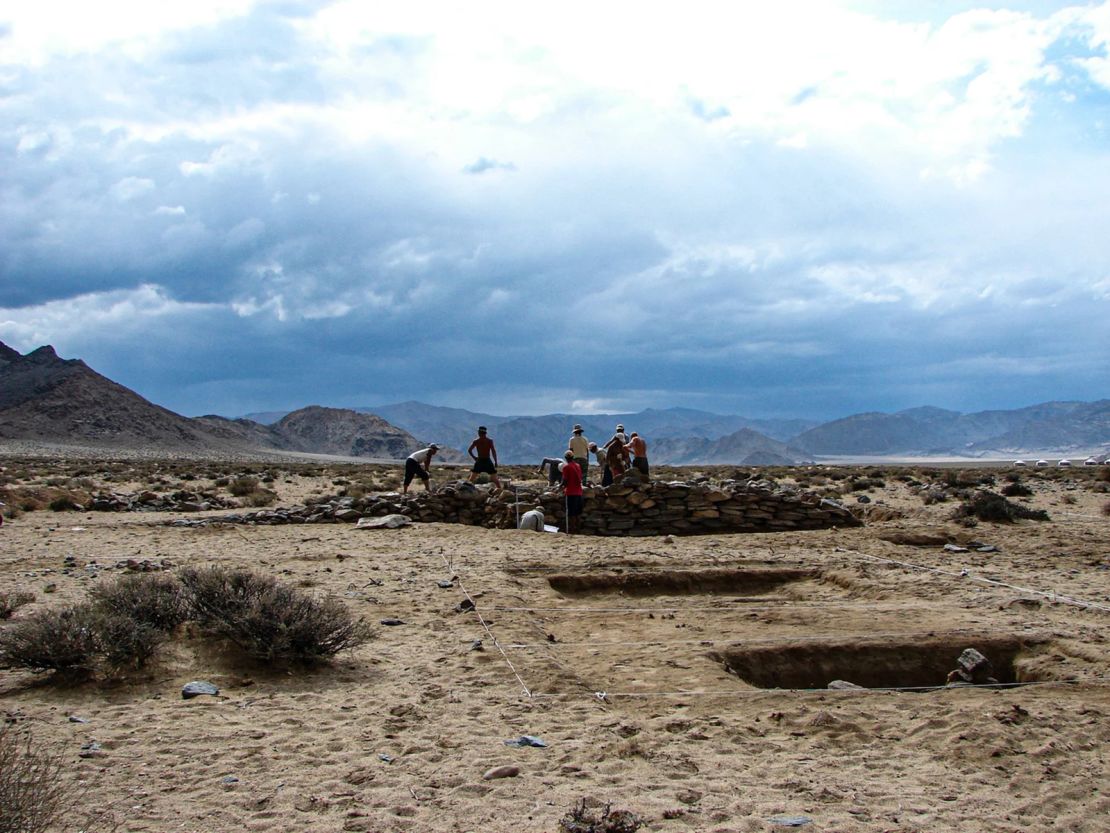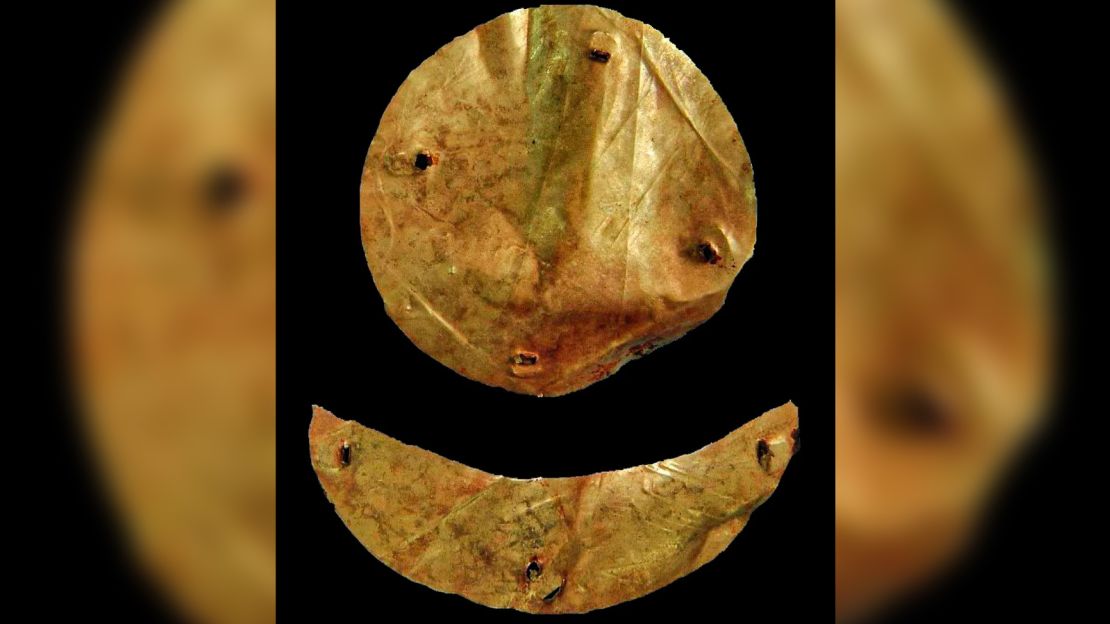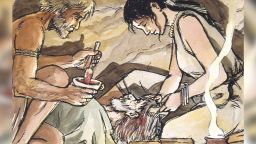Sign up for CNN’s Wonder Theory science newsletter. Explore the universe with news on fascinating discoveries, scientific advancements and more.
A nomadic empire dominated the Asian steppes for three centuries from 200 BC, trading goods on the Silk Road, building elaborate tombs for its dead and conquering distant lands on horseback.
Known as the Xiongnu, the empire saw conflict with great rival imperial China that resulted in the construction of the Great Wall, parts of which still stand today.
However, with no written records save for those produced by Chinese chroniclers who regarded the Xiongnu as barbarians, the empire and its people have long remained in the shadows of history. Now, ancient DNA evidence, combined with the fruits of recent archaeological digs, is spilling the secrets of one of the era’s most powerful political forces.

An international team of scientists have completed a genetic investigation of two cemeteries along the western frontier of the Xiongnu empire in what’s now Mongolia: an aristocratic elite cemetery at Takhiltyn Khotgor and a local elite cemetery at Shombuuzyn Belchir.
The scientists sequenced the genomes of 17 individuals buried in the two cemeteries and found an “extremely high” level of genetic diversity, making it likely that the empire was multiethnic, multicultural and multilingual, according to the new study published Friday in the journal Science Advances.
The genetic diversity was found within individual communities, suggesting that the empire wasn’t just a patchwork of homogenous groups united by a common cause.
“We now have a better idea of how the Xiongnu expanded their empire by incorporating disparate groups and leveraging marriage and kinship into empire building,” said senior author Choongwon Jeong, an associate professor of biological sciences at Seoul National University, in a news release.

Of the individual graves studied, the ones with the highest status belonged to women, suggesting that they played a particularly powerful role in Xiongnu society. Elaborate coffins featured golden sun and moon emblems that were Xiongnu symbols of power. One tomb contained the remains of six horses and a chariot.
“These elite women possessed the materials not only for displaying their status (e.g., belts and necklaces) but also for enacting power, such as prestigious wares for hosting politicized feasts,” said Bryan Miller, project archaeologist for the study and assistant professor of Central Asian art and archaeology at the University of Michigan.
“They were highly venerated with ample offerings from all those who attended their funerals, demonstrating their continued social importance within their communities throughout their lives,” he said via email.
The study also revealed information about the lives of Xiongnu children. Adolescent boys, like men, were buried with bows and arrows. Boys younger than 11 were not.
“Children received differential mortuary treatment depending upon age and sex, giving clues to the ages at which gender and status were ascribed in Xiongnu society,” said study senior author Christina Warinner, associate professor of anthropology at Harvard University and group leader at the Max Planck Institute for Evolutionary Anthropology, in a statement.
Ursula Brosseder, prehistorical archaeologist at the University of Bonn, said the research provided deeper insight into the social fabric and society of the Xiongnu using genetics as a tool.
“I am excited to see more studies of this kind in the future,” said Brosseder, who was not involved in the latest study. “Since I was one of the people who pointed out that mature women were buried with the most prestigious items, I am excited to see that genetics corroborates this view.”
Brosseder added that the Xiongnu had often been misunderstood because most of the information about the regime, and others that originated on the Eurasian steppe, comes from texts from imperial China and ancient Greece, where largely nomadic herders were viewed as inferior.
Potent legacy
The Xiongu left a powerful legacy that inspired later nomadic regimes that originated on the Eurasian steppes such as the Mongols and Genghis Khan, Miller said.
“‘Xiongnu’ was the name of a dynasty not a people, per se; but that dynastic regime greatly impacted the peoples within its realms and left a powerful legacy in Eurasia,” he said via email.
“Many subsequent groups appropriated the potent name of Xiongnu (or Hunnu) as they established their own regimes, leading to the perpetuation of so-called ‘Hunnic’ entities even as far as that of Attila and the Huns at the edge of Europe centuries after the demise of the Xiongnu in Inner Asia.
“And it was this potent legacy…that the Mongols took up when they created their own empire many more centuries later.”




















